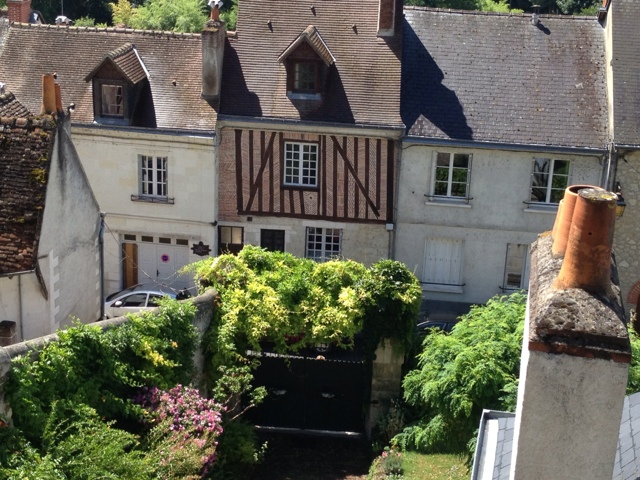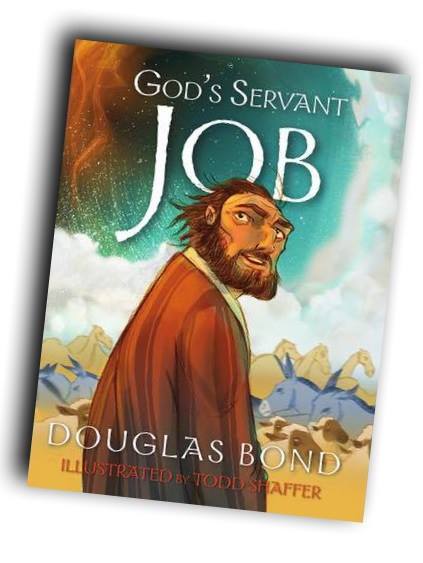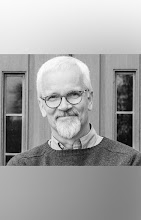(The Amboise Conspiracy, 1560, was a disastrous well intentioned effort on the part of Huguenot nobles to secure religious liberty in France. It failed horribly. The River Loire ran red with Huguenot blood and corpses hung from the battlements of the castle pictured below). Here's an excerpt:
Suddenly Maurice halted. His eyes grew wider. A grin gradually spread across his face. Philippe had come to know what that look meant.
Sophie shook her head and groaned. “Another frenzy comes upon him.”
Eyes sparkling, Maurice signaled for Philippe to stand at one end of the kitchen; he placed himself across from him. “You’ll be the Count Montgomery,” he said to Philippe. “I’m King Henry II—or as was.” Cradling an imaginary lance under his right arm, Maurice snorted and clomped in circles. Feigning to rein in a spirited horse, he continued, “Spurring his charger toward his opponent—” Maurice signaled for Philippe to charge at him with his imaginary lance. “Thundering toward one another, drawing ever closer, their lances poised for the kill, at last they met in the middle with a crash.”
Shaking her head in wonderment at her brother’s antics, Sophie couldn’t help laughing at the two boys now in a heap on the kitchen floor.
Maurice held his wooden spoon as if it protruded from his eye, writhing as if in pain, he continued the story in anguished sounding gasps. “A splinter from my shattered lance has lodged itself deep within my eye, so deep it has pierced my brain.” Then, cocking his legs and lunging forward, he hopped onto his feet and resumed his place at the table. “July 10, 1559,” he said simply, “I died.”
“Amusing, to be sure,” said Sophie “and charming. But I know what you are doing. You are stalling. What happened at Chateau Amboise? I must know.”
Philippe had seen the flashings of light in Sophie’s gray-blue eyes before. It reminded him of the sea on a cloudy day when a bolt of sunlight broke through the clouds for but an instant. At times, they were more like sparks when André the blacksmith’s hammer struck fiercely on his anvil; Philippe had come to know what those flashes meant.
Maurice knew what they meant as well. Tearing off a hunk of baguette, he nodded at his sister. “It is a tragic story; perhaps too tragic for a pretty young girl to hear.”
Sophie placed the back of a hand on her forehead, pretending to fan herself with the other. “I shall do my best not to faint dead away.”
Maurice shrugged. “As you wish,” he said, looking soberly at his sister. “I will tell you what happened at Chateau Amboise. But it is not a pretty tale.”






















































































